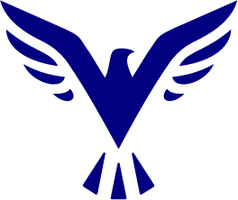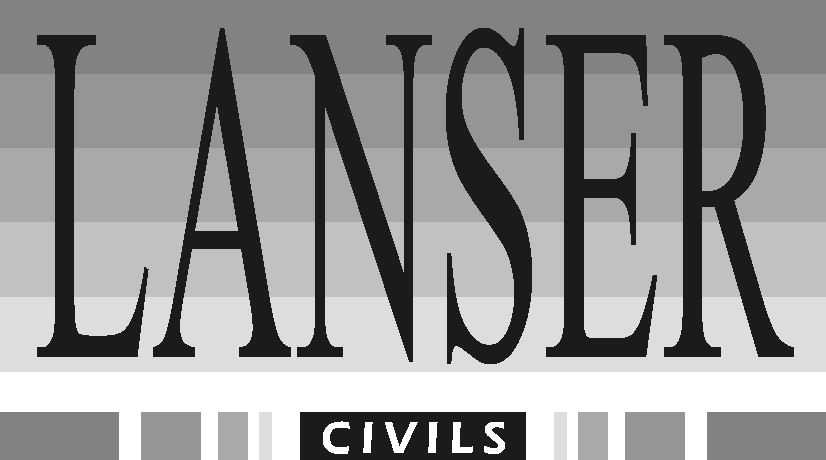Title Page
-
Site conducted
-
Conducted on
-
Supervisor's Name
-
Supervisor's email
-
Supervisor's number
-
Location
Fall Protection Plan
-
This Fall Protection Plan must be completed and signed prior to starting any work in an area where a hazard of falling exists. Workers must understand this plan and be trained in fall protection and the systems and equipment that will be used. This plan must be posted at the worksite for the duration of the work activities. This plan must be used in conjunction with a comprehensive and effective Fall Protection Program. Add additional pages as necessary.
-
Please contact your Safety Manager and/or Supervisor for more information or clarification. This document must be reviewed daily.
BC Regulatory excerpt
-
Section 11.3 of the OHS Regulation ("Regulation") states:
-
(1) The employer must have a written fall protection plan for a workplace if
-
(a) work is being done at a location where workers are not protected by permanent guardrails, and from which a fall of 7.5 m (25 ft) or more may occur, or
-
(b) section 11.2(5) applies.
-
(2) The fall protection plan must be available at the workplace before work with a risk of falling begins.
-
***Equipment Inspections Checklist must be completed***
Site-specific detail for work at heights:
-
Description of work performed
-
Start of the project
-
End of the project
Identify potential fall hazards
-
Maximum height (peak):
-
Proximity to high-voltage powerlines:
-
Work platforms beneath the working area:
-
Potential ground hazards (pipes, storage containers, etc):
-
Other potential hazards:
Fall protection system(s) to be used:
-
Guardrails
-
Fall restraint
-
Fall arrest
-
Rope Access
-
Other (describe):
Special assembly procedures for the fall protection system(s):
-
Ensure all equipment has been inspected prior to use.
-
Clear area of any unnecessary debris equipment that is not required.
-
Position the platform at a proper height that allows worker to safety gain access to the top of the area with ease.
-
Connect rope grab to line then connect lanyard to rope grab.
-
Perform check to ensure equipment is positioned and functioning properly.
-
Adjust position of the rope grab to ensure you cannot reach the leading edge.
-
Ensure control zones have been established below to restrict access to the area below.
-
Ensure all tools are tethered.
-
Test system and ensure all connectors are protected from abrasion.
-
Special consideration, twin leg lanyards are required to ensure 100% tie-off at all times.
-
Adjust position of the rope grab to ensure you cannot reach the leading edge.
-
Ensure you are working in pairs and that your other workers are aware that you at heights.
-
Remove assess to height to ensure authorized personnel do not attempt to access the work area.
-
Identify controlled zones with signage and notify workers that work is being performed at heights in this area.
-
Other: specify.
Equipment in use:
-
Equipment
-
Specify
-
Defect(s) if any and/or comments
Job site drops identification
-
North
-
East
-
South
-
West
-
General diagram
Rescue Procedures
Rescue procedures
-
The following rescue methods can be used to safely lower a worker who has fallen from their position. Ensure that a team member has been recruited and is aware of their responsibility to call 911 and request High Angle Rescue if emergency services are required. Observe the following steps if a worker has fallen:
Self-rescue:
-
If the worker can self-rescue without risking injury, they may do so.
Elevated work platform rescue:
-
Position the platform under the worker. Ensure that the rescue worker is wearing the required PPE and is secured to the correct anchor point on the lift. Ensure that the lift's weight capacity is sufficient for two personnel. If the injured worker has lost consciousness, a second worker may be required to help lift the injured worker. If possible, reconnect the lanyard to an existing point on the lift once the worker has been safely supported by the lift. Notify first aid, treat any injuries, and make arrangements for the worker's transportation to the hospital, if necessary.
Ladder rescue:
-
If an EWP is unavailable, utilize ladders to rescue the fallen worker using the technique below.
-
1. If the worker is dangling from a lifeline, relocate him or her to a location where rescuers can safely access using a ladder, if possible.
-
2. Install the proper ladder(s) to gain access to the fallen worker.
-
3. Drop separate lifelines for rescuers to use when carrying out the rescue from the ladder(s).
-
4. If the worker is unconscious or unable to assist in the rescue, a minimum of two rescuers may be required.
-
5. If the worker is suspended directly from a lanyard or lifeline, tie a separate lowering line to the harness.
-
6. Other rescuers on the ground (or nearest work surface) must drop the worker while the rescuer on the ladder guides the person to the ground (or work surface).
-
7. As soon as the fallen worker has been transported to a safe location, offer first aid and treat the individual for suspension trauma and/or any other injuries.
-
8. If necessary, arrange for hospital transportation.
Rope access rescue
-
If the rope access technician is able to rescue himself, he can climb/descend to safe location.
-
If the rope access technician is unable to self-rescue, the following rescue should be used.
-
1. Ensure the rope access supervisor / rescuers are protected from falling or other hazards.
-
2. Rig second sets of ropes beside the casualty and descend to the casualty, or use ropes of the casualty if necessary.
-
3. Connect safely the casualty to your harness. The casualty must be connected with two points to the ropes/your harness with a minimum of two points at all times.
-
4. When is the casualty fully connected with a minimum of two points to your harness, disconnect casualty's descender and back up device.
-
5. Use proper technique using a friction carabiner to lower the casualty to safety.
Rescue from work area or floor below:
-
If the worker is suspended near a work area and can be REACHED SAFELY from the floor below or the area from where he or she fell, the following technique should be used.
-
1. Ensure rescuers are protected from falling.
-
2. If possible, tie a second line to the fallen worker's harness to assist rescuers in pulling the worker to safety. At least two strong individuals are required to draw a person back up to their previous level.
-
3. To prevent slippage, take up any slack in the retrieving line.
-
4. Once the worker has been moved to a safe location, offer first aid and treat the individual for suspension trauma and/or other injuries.
-
5. If necessary, arrange for hospital transportation.
Fire-Rescue:
-
If none of the above options are feasible, dial 911 and ask for the Fire Department. Specify that a worker has fallen and is dangling in the air, the worker's injuries (if known), and the estimated height above the ground.
Other Rescue Procedures:
-
Other rescue procedures will be included in this document as necessary.
Worker Name and Signature
-
By signing below, I understand and agree with the following:
-
• I have examined the applicable regulations and operating procedures
-
• Completed and documentation of all equipment checks for this project
-
• I am aware of my obligations.
Name and Signature
-
Technician’s name
-
Supervisor's name and signature











